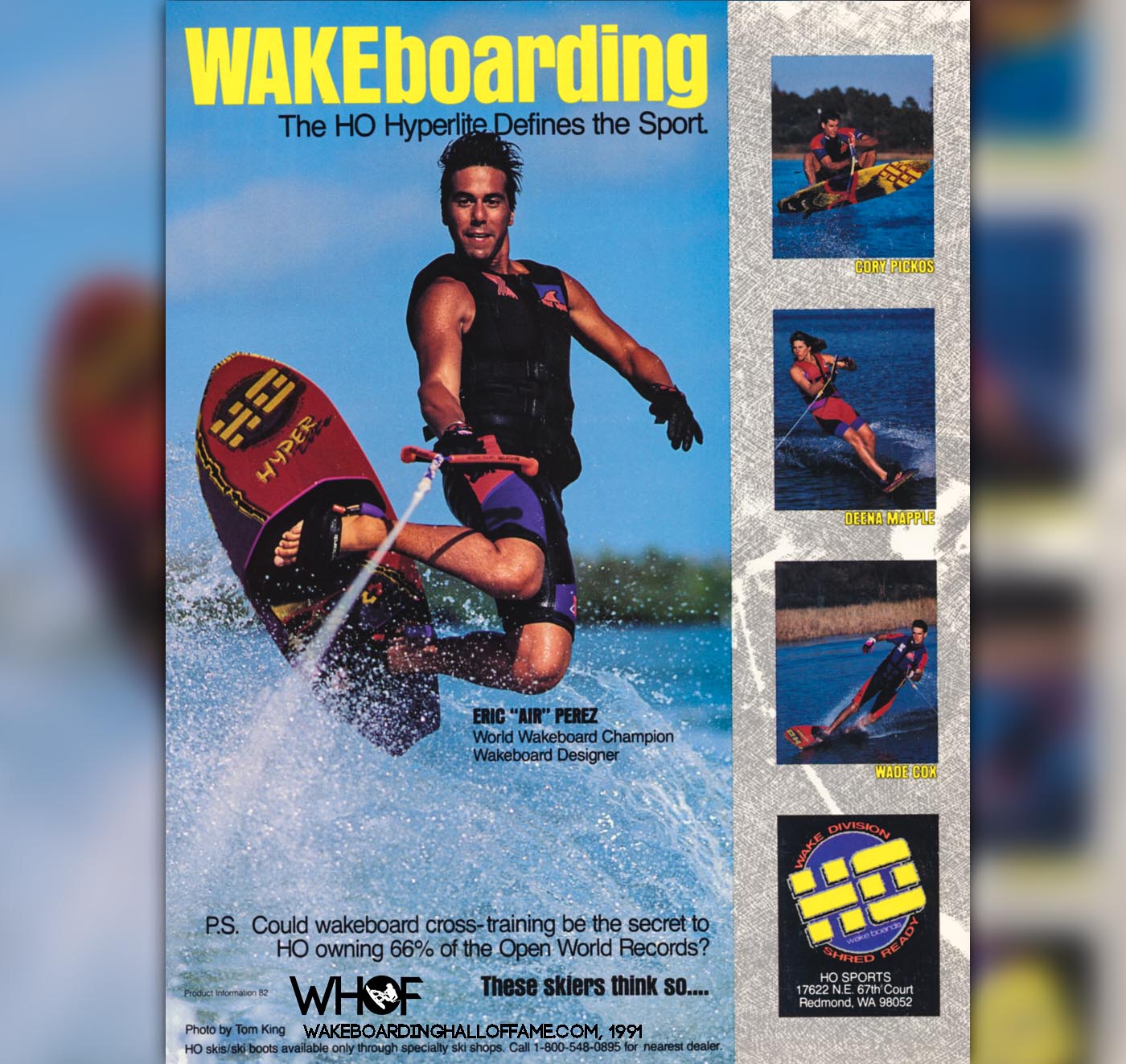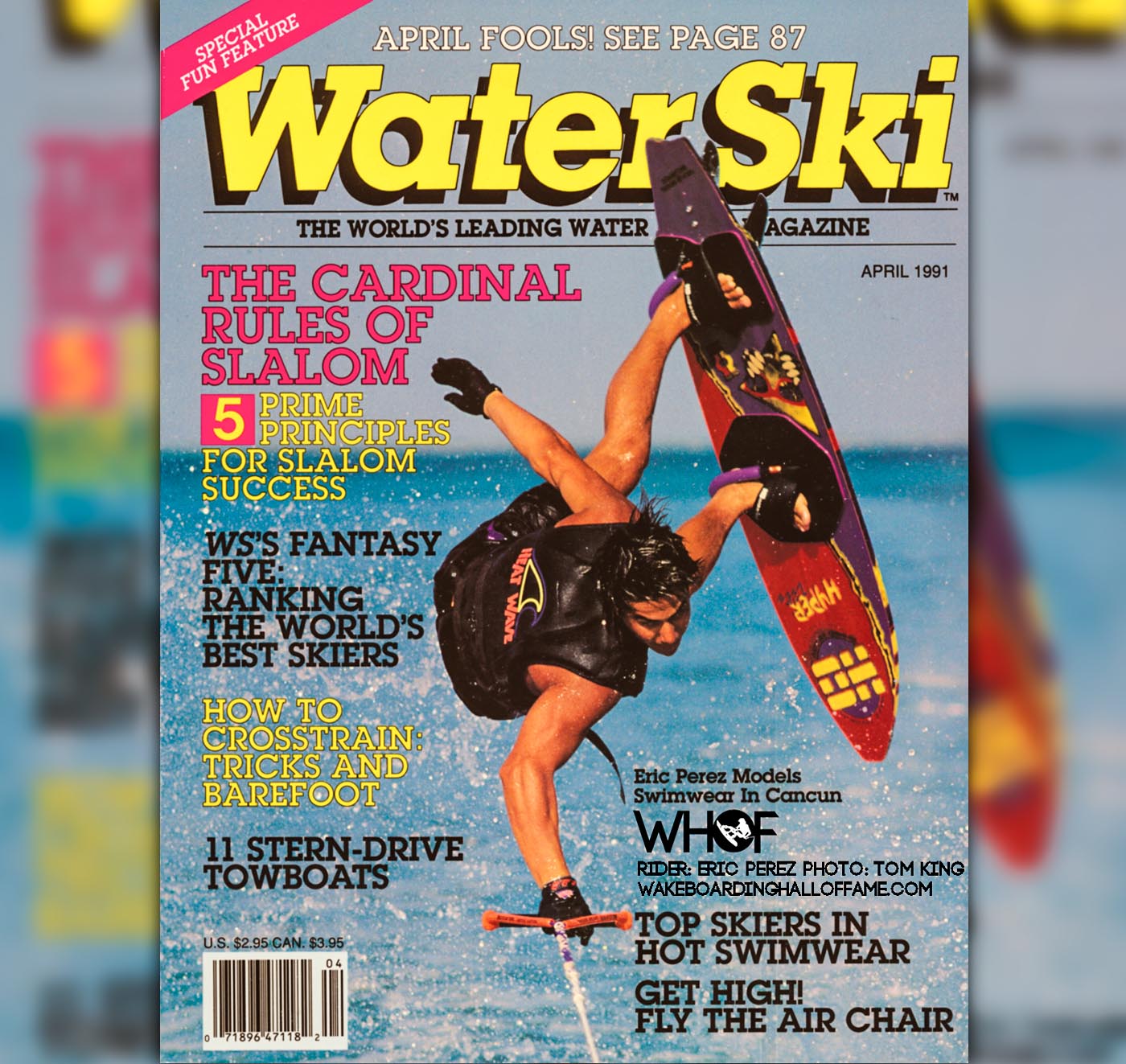
07 Mar Herb O’Brien Interview
An interview with Herb O’Brien on the First Compression Molded Wakeboard
[dropcap]I[/dropcap]n January 1991 Herb O’Brien unveiled the HO Hyperlite. It was the world’s first compression molded wakeboard, and the customer response was immediate and dramatic. The thin profile and near neutral buoyancy of the new board allowed for much easier starts and greatly improved performance.
Hyperlite’s first full page ad featured 1990 World Champion Eric Perez with the bold title: “WAKEboarding – The HO Hyperlite defines the sport.”
Herb’s new wakeboard was such a game changer that in many ways it did redefine the sport. The foam filled floating “SKIBOARDS” of the 1980s gave way to the thin profile, high performance “WAKEBOARDS” in the 1990s and beyond.
As we near the 25-year anniversary for the release of such an influential board, there are sure to be more stories and accolades from the industry. For now, we were fortunate enough get a few words from the man himself most responsible for a new way to ride.
-Tony Klarich
TK: What was your initial contact with the foam filled skiboards of the 1980s?
HO: Around 1986 or 1987 Tony Finn wanted to trade me a Skurfer for a water ski. I did it since the Skurfer was the only thing the kids wanted to ride when we went to Crescent Bar. When I tried one it took me 3 times to get up and I was fucking pissed. I thought hell this would be fun if it were designed the right way. We could make it a thin edge just like a ski.
TK: So why did you wait until 1991?
HO: The problem at the time was that no one knew how to make something that big, and with a graphic that big. Our skis at the time were aluminum tops with a gel coat and a solid black bottom. It would have been too expensive to use this process for a board.
TK: The first Hyperlite boards had a cloth graphic – a screaming guy in orange sunglasses. How did you manage that?
HO: Our next step was to implement a fabric graphic in the bottom of our slalom skis. It reduced our price and we started to learn how to deal with a new way to add anything we wanted to print.
TK: Yes I remember when your skis came out with colorful bottom graphics. They looked great and I still have my purple VTC…so how did that evolve to a large board on both sides?
HO: You know I was pressing the Air Chair decks at our factory for your uncle Mike (Murphy). That was in the spring of 1990. Those boards were wide, and we used a CNC mold. It was the first time a board was computer designed. The big problem was removing the boards from the mold without damage. After figuring that out we had all the manufacturing techniques to make a cost effect skiboard that had a thin profile like a ski.
TK: What was the deal with Kransco? I know Tony Finn sold Skurfer to them, but was still involved. Finn called it the “dark ages of skiboarding” but somehow you were still involved with Skurfer because boards in the late 1980s had an HO Tech Series logo on them.
HO: I did a non-compete deal with Kransco in exchange for a big fat check. Part of the deal was adding the HO Tech Series logo. We never manufactured those boards, Kransco did but they were having problems selling them. You had to be very athletic to get up.
TK: Weren’t you concerned about making your own boards in a market that you described as having “died in 1989?”
HO: No – I knew that riders would be able to get up much easier on our new boards – and that would be the key to selling them. They were going to be thin like water skis, so riders would be able to push them under the water to start, just like a traditional ski.
TK: Now that knew you could make a thin board for the right price, what was next?
HO: Tommy Phillips had just attended the first World Skurfer Championships in Hawaii, and he told me about the winner, Eric Perez. I signed him in the summer of 1990. Perez helped with the designs and we knew we were on to something even before the manufactured boards were released. At the Chicago show we were taking orders on demos, even though everything was not finished. We were ready to go at the San Francisco boat show in January 1991 and sold 150 boards there.
TK: The sport was widely called skiboarding before your first compression molded Hyperlite in 1991. How did the name wakeboarding come in?
HO: Paul Frasier was a Canadian distributor and dealer for our products. He brought it to our attention that it did not look like skiing any more and it needed to be called something else. He came up with the term wakeboarding and that’s eventually how we decided to rebrand our product.
TK: Any final words?
HO: We didn’t have any real competition of the first two years, even though we sold thousands of boards right away. The guys at WaterSki Magazine told us it was all “just a fad” – yeah…just a fad.
 The Hyperlite exploded onto the scene, making the cover of WaterSKi Magazine in April, 1991
The Hyperlite exploded onto the scene, making the cover of WaterSKi Magazine in April, 1991
Eric Perez, “Blender” Photo: Tom King



Sorry, the comment form is closed at this time.